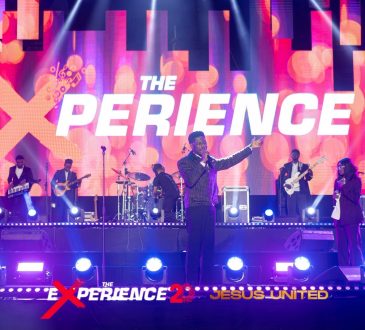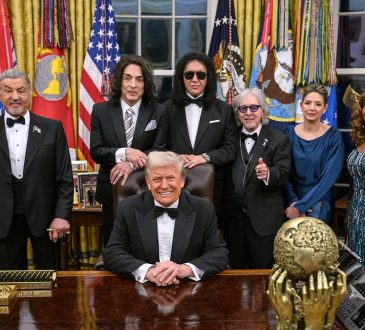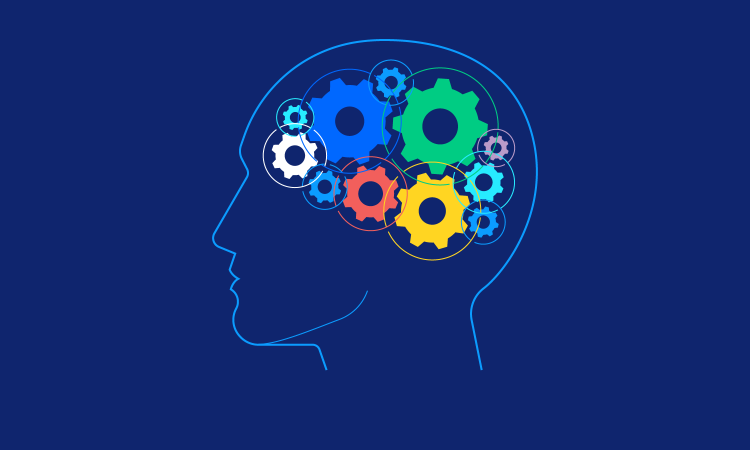
Imagine walking into a room bathed in soft blues, and instantly feeling calm and peaceful. Or consider how a bold red dress can make you feel confident and unstoppable. Colors have an uncanny ability to influence how we feel, think, and even behave. But why is that? How do simple hues and shades have such a powerful impact on our emotional world? Let’s dive into the vibrant world of color psychology and uncover the secrets of how colors affect our mood and emotions.
The Science Behind Colors and Emotions
At first glance, colors may seem like an aesthetic feature, a backdrop to life’s more important events. But research shows that colors are far more than just visual elements—they directly impact our psychology. The key lies in how our brain processes color.
When light hits our eyes, it sends signals to the brain, which in turn stimulates various hormones and affects bodily functions. This is why certain colors can make us feel energized, relaxed, or even anxious. Colors are not just a visual experience—they’re a psychological one. And as such, they have the ability to evoke powerful emotional responses.
Red: The Color of Passion or Alarm?
Red is a color that demands attention. Whether it’s the vibrant red of a rose or the flashing lights of an ambulance, red sparks emotion. It’s often associated with passion, love, and desire—but it can also trigger feelings of alarm, danger, or aggression.
This duality is what makes red such a fascinating color. Wearing red can make someone feel empowered and seductive, but seeing too much of it in your environment might cause restlessness or anxiety. In the right context, it boosts energy and passion, but in excess, it can overstimulate and exhaust.
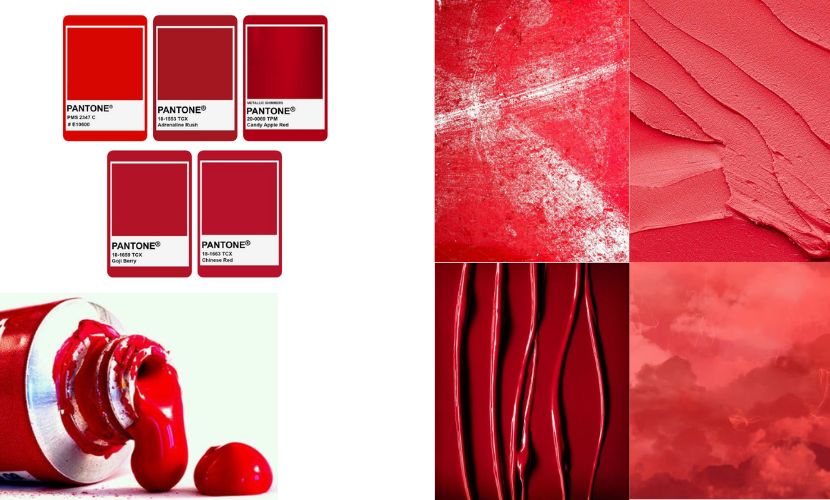
Blue: The Calming Tide
In contrast to red’s fiery intensity, blue is the ultimate calming color. Think of a serene ocean or a clear sky, and you can almost feel yourself relaxing. Blue slows down the heart rate, reduces stress, and fosters a sense of peace and tranquility. This is why it’s often used in hospitals, spas, and offices—places where calm and focus are essential.
But blue isn’t just about calm—it can also evoke feelings of sadness, hence the expression “feeling blue.” The emotional power of this color lies in its depth, offering both serenity and introspection.
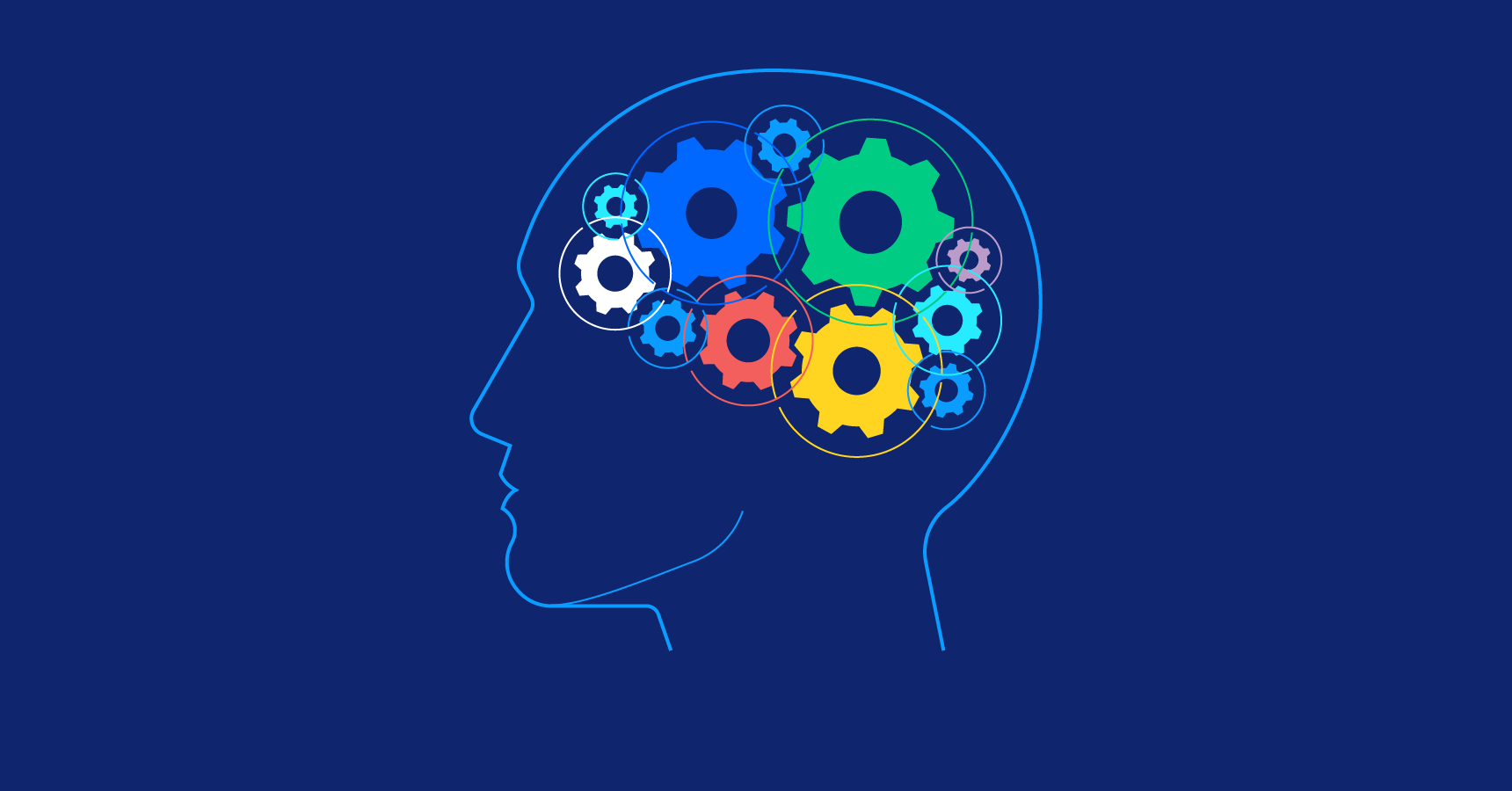
Yellow: A Burst of Happiness
Yellow is often associated with sunshine and positivity. It’s the color of optimism, joy, and creativity. Just a glimpse of yellow can lift your spirits and brighten your mood. Studies show that yellow stimulates the brain, promotes cheerfulness, and encourages communication, making it a great color for social settings.
However, too much yellow can be overstimulating. Its intensity can lead to feelings of frustration or even anxiety, particularly in confined spaces. So while yellow is the color of happiness, it’s important to use it with balance.
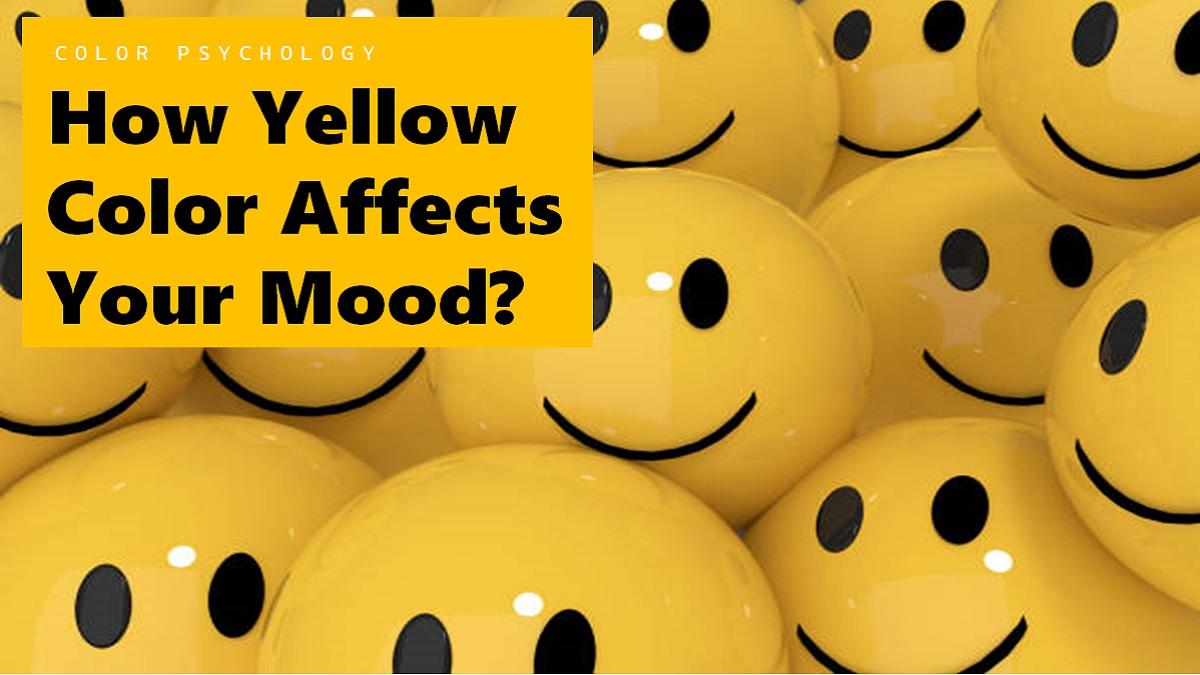
Green: Nature’s Neutralizer
Green is the color of nature, renewal, and growth. It’s no surprise, then, that it has a grounding, stabilizing effect on our emotions. When we see green, our brain associates it with health, balance, and harmony. This is why a walk in the park can have such a soothing effect—it’s not just the fresh air, but the calming power of green.
But green isn’t just about relaxation—it can also symbolize abundance, prosperity, and wealth, particularly in darker shades like emerald or forest green. Lighter greens, on the other hand, evoke a sense of freshness and vitality, making them perfect for rejuvenating spaces like kitchens or bathrooms.
![100+] Green Grass Backgrounds | Wallpapers.com](https://wallpapers.com/images/hd/green-grass-background-3264-x-2448-m95c4yghz6si1emf.jpg)
Purple: The Royal Color of Mystery
Purple, long associated with royalty and luxury, is a color that carries an air of mystery and magic. It evokes creativity, spirituality, and deep contemplation. Dark purples can feel regal and sophisticated, while lighter shades like lavender are known to calm and soothe.
Interestingly, purple is also a color that has been linked to introspection and meditation. It’s often used in spaces dedicated to mindfulness, as it encourages thoughtfulness and imagination. If you’re feeling stuck creatively, a splash of purple might be all you need to reignite your spark.
Orange: Energy and Enthusiasm
Orange is the color of adventure and excitement. It combines the energy of red with the joy of yellow, resulting in a shade that’s perfect for stimulating enthusiasm and motivation. If you’re looking to boost your energy levels, adding a bit of orange to your environment can help get the creative juices flowing.
However, like red, too much orange can be overwhelming. It’s a color best used in doses—whether it’s in an outfit, a room accent, or even a piece of art—to energize without overpowering.
Black and White: The Timeless Duo
Black and white are not technically colors in the traditional sense, but they carry significant emotional weight nonetheless. Black is often seen as elegant, powerful, and mysterious, while white symbolizes purity, cleanliness, and simplicity. Together, they create a balance that is both timeless and modern.
Black can evoke feelings of sophistication and control, but in excess, it can feel heavy or isolating. White, on the other hand, brings clarity and freshness but can feel cold or sterile if overused.
What Does Your Color Palette Say About You?
Whether you realize it or not, the colors you surround yourself with are influencing your emotions every day. From the colors you wear to the hues of your home decor, your personal palette can shape how you feel, how you think, and even how you interact with the world around you.
When choosing colors for your home, wardrobe, or work environment, consider what emotions you want to evoke. Need calm? Go for soft blues and greens. Want to boost your energy? Add pops of red or orange. Looking for clarity? White may be your best bet.
The beauty of color psychology is that it offers an easy, accessible way to influence your mood and create the atmosphere you desire.
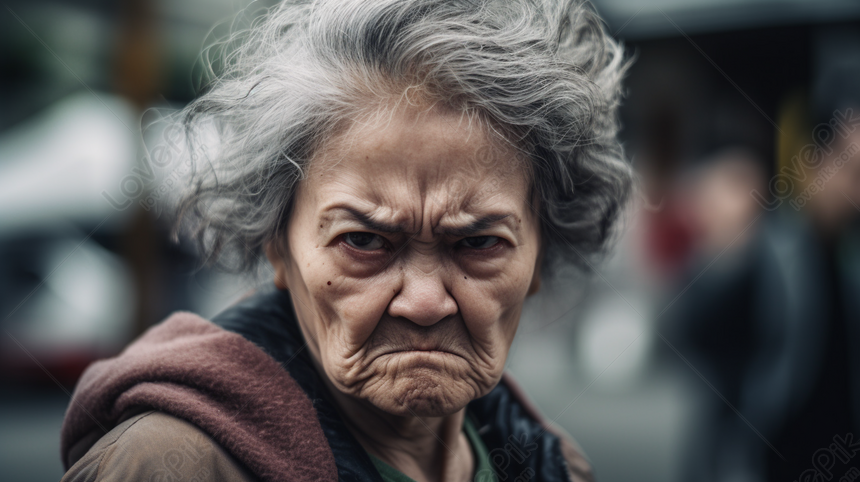
The Emotional Palette
Colors are more than just a backdrop to our lives—they are active players in shaping how we feel and how we experience the world. By understanding the emotional impact of different colors, you can consciously choose to surround yourself with hues that lift your mood, inspire creativity, and foster peace.
So next time you pick out an outfit, paint a room, or even choose the background for your phone, take a moment to think about how those colors will influence your emotions. After all, the world is your canvas—why not paint it with the hues that make you feel your best?


